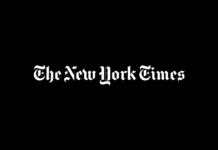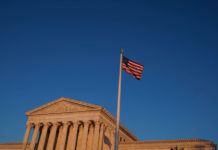Don’t expect the U.S. to defy the trap of low interest rates as a growing swathe of government bond markets globally fall into negative yield territory.
That’s from Bob Michele, head of global fixed income at JPMorgan Asset Management, who says the 10-year Treasury note yield is ultimately head to zero as a global trade war slows the U.S. economy to the point that the Federal Reserve will be forced to cut interest rates to rock-bottom levels.
“The rally in bonds hasn’t even begun yet,” said Michele, in an interview with Bloomberg TV on Wednesday. “We’re in a trade war, you’re seeing the impact on corporate earnings, you’re seeing the central banks forced to scramble to react to that.”
His comments follows the release of a paper by JP Morgan strategists saying developed-market economies would struggle to extricate themselves from a world of zero and negative yields much like a “sandtrap.”
The 10-year Treasury note yield
TMUBMUSD10Y, +0.34%
has shed around 60 basis points since the beginning of the year, to trade at around 2.06%. .
See: Value of debt with negative-yields hits $13 trillion
Michele’s analysis comes as an increasingly vocal camp of bond-market bulls say the Federal Reserve is set to follow the example of its counterparts like the European Central Bank and push interest rates close to zero. Kyle Bass, manager of hedge fund Hayman Capital Management, also said U.S. interest rates would fall close to near-zero by next year.
Still, most analysts say the Fed is likely to pursue only “insurance” interest rate cuts this year to extend the longest economic expansion in U.S. history. Complicating the policy outlook, recent economic data including retail sales and nonfarm payrolls readings from last month suggest U.S. household income and spending has yet to falter.
The benchmark fed funds rate is between a range of 2.25-2.50%, and is expected to fall between 25 and 50 basis points after the upcoming FOMC meeting at the end of the month, according to CME Group data.
“We’ve had the recovery, it’s coming to an end and now the central banks one after another are falling into line and cutting rates. At this point in the cycle you need some shock and awe,” said Michele.
Read: Should investors prepare for a ‘shock and awe’ campaign from the Fed?
Source : MTV













